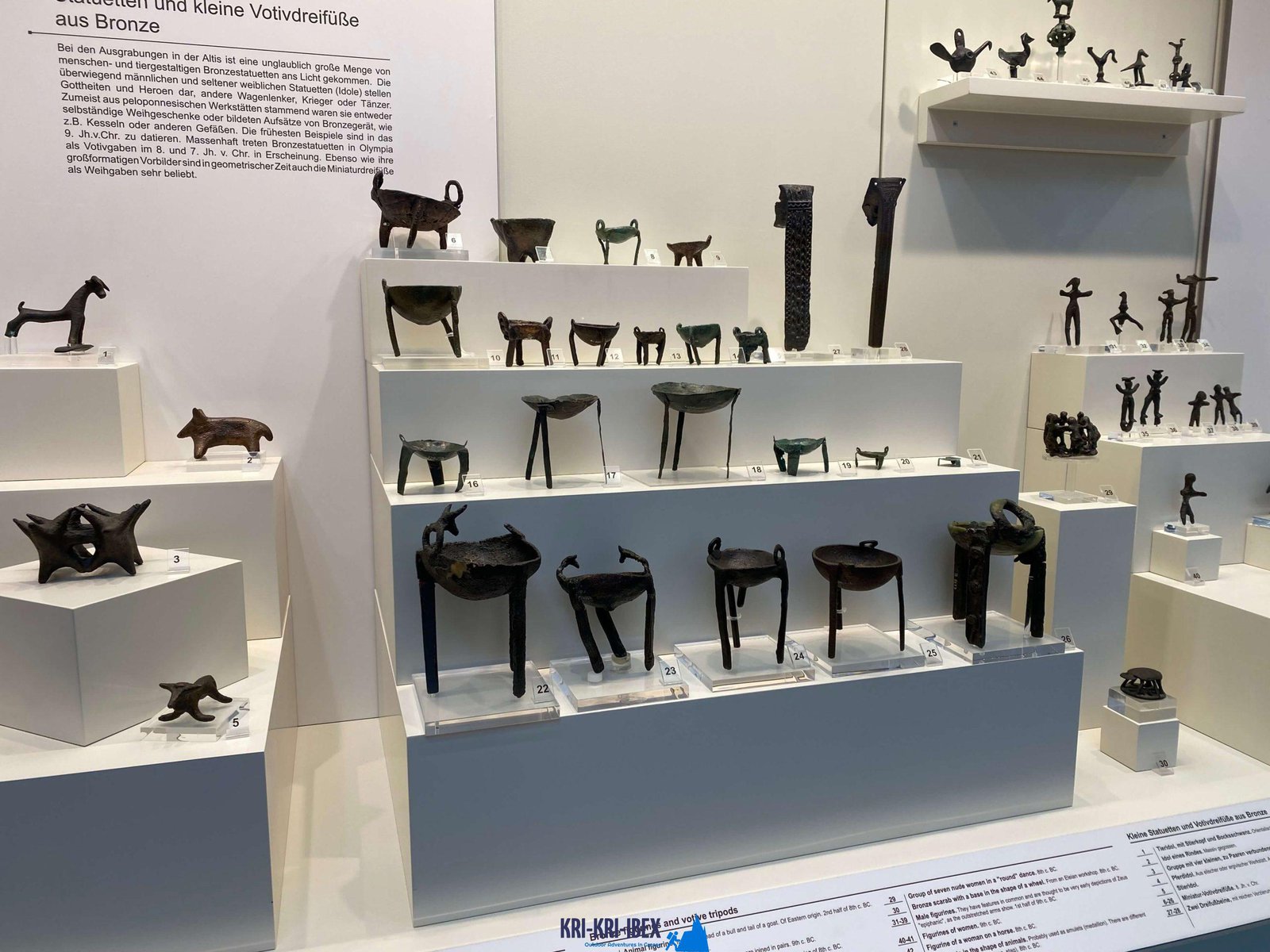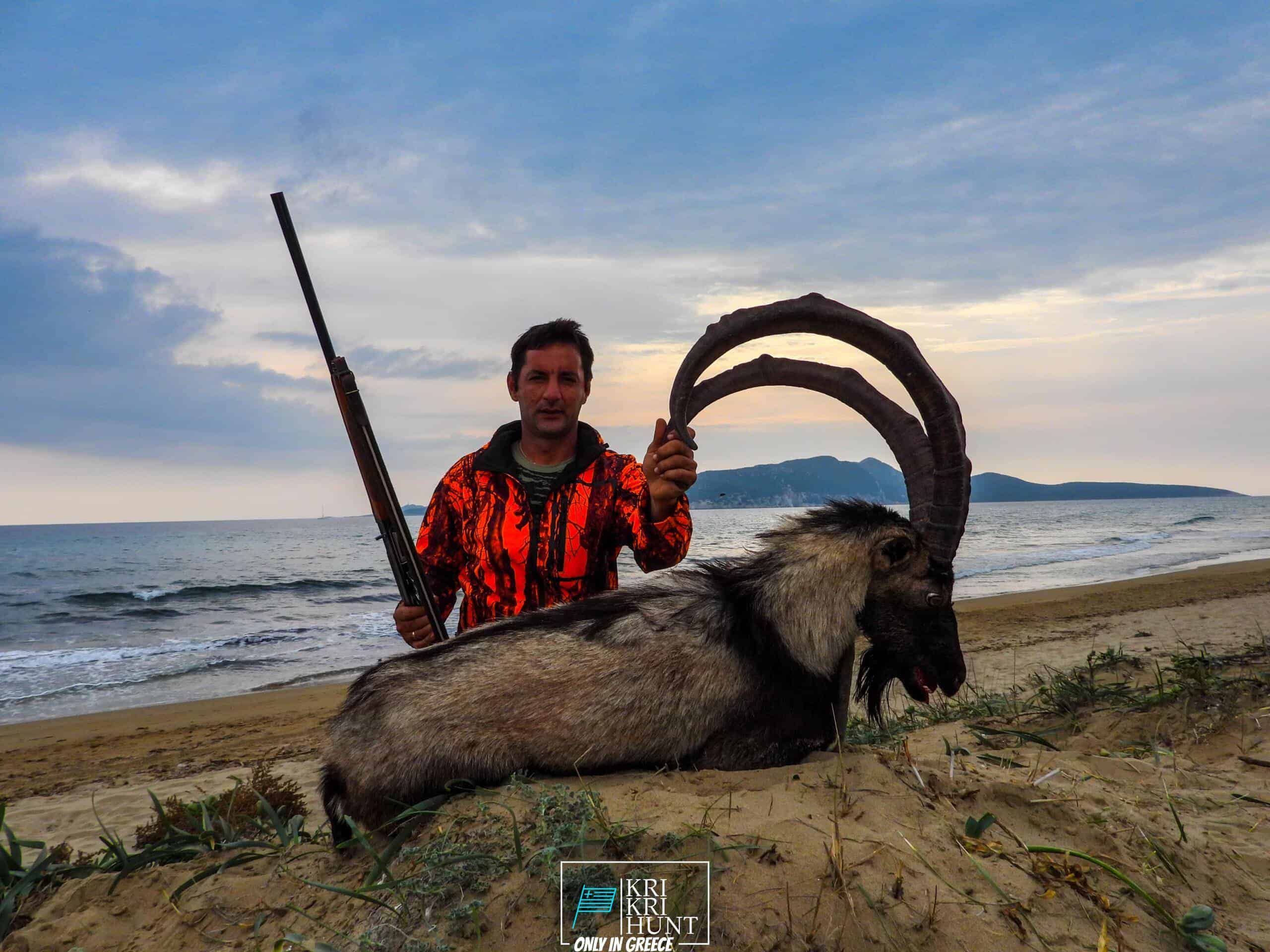
The ibex hunt is an amazing holiday and also exciting hunting exploration in Greece. It is not always a tough hunt and unpleasant problems for most seekers. What else would you like to desire for during your trip of ancient Greece, diving to shipwrecks, and hunting for Kri Kri ibex on an exotic island for 5 days?

Searching kri kri ibex in Greece is a challenging task for both neighborhood and also overseas seekers. Searching big video game in Greece is limited for abroad seekers. Swine and also roe deer are the only alternatives for local seekers aside from kri kri ibex, which might only be hunted in unique searching regions such as specific islands. In Athens, we supply the chance to hunt this unbelievable monster on two separate islands that are around 150 kilometers away and 300 kilometers away, specifically. The Kri Kri Ibex and mouflon may just be shot on unique hunting areas from early in the morning up until noon, according to Greek law. You need to schedule a year in advance for a certificate. Only shotguns are allowed, as well as only slugs might be used. Since the Greek Ministry of Nature and Agriculture concerns only a particular number of licenses each year, severe hunters are permitted on these trips.
Our outdoor searching, angling, as well as complimentary diving scenic tours are the excellent method to see every little thing that Peloponnese has to supply. These trips are created for travelers that wish to get off the beaten path as well as actually experience all that this unbelievable area needs to use. You'll reach go hunting in some of one of the most attractive wilderness areas in Greece, fish in crystal-clear waters for a range of various varieties, and free dive in a few of the most stunning coast in the Mediterranean. And best of all, our knowledgeable overviews will be there with you every step of the means to make sure that you have a risk-free and pleasurable experience.
So if you are looking for an authentic Greek experience far from the pressure of tourism after that look no further than Methoni in The Peloponnesos! Our exterior searching for Kri Kri ibex, angling, complimentary diving and also visiting Peloponnese excursions from Methoni are the perfect way to discover this gorgeous area at your own pace with like minded people. Call us today to book your put on among our trips.
What is the diference between Kri Kri ibex, Bezoar ibex and hybrid ibex
The kri-kri is not thought to be indigenous to Crete, most likely having been imported to the island during the time of the Minoan civilization. Nevertheless, it is found nowhere else and is therefore endemic to Crete. It was common throughout the Aegean but the peaks of the 8,000 ft (2,400 m) White Mountains of Western Crete are their last strongholds–particularly a series of almost vertical 3,000 ft (900 m) cliffs called ‘the Untrodden’—at the head of the Samaria Gorge. This mountain range, which hosts another 14 endemic animal species, is protected as a UNESCO Biosphere Reserve. In total, their range extends to the White Mountains, the Samaria National Forest and the islets of Dia, Thodorou, and Agii Pandes.
This Ibex is NOT a diminutive form of the Bezoar Ibex, which has migrated into the western-most reach of the range of this species. The kri – kri (Capra aegagrus cretica), sometimes called the Cretan goat, Agrimi, or Cretan Ibex, is a feral goat inhabiting the Eastern Mediterranean, previously considered a subspecies of wild goat. The kri-kri has a light brownish coat with a darker band around its neck. It has two horns that sweep back from the head. In the wild they are shy and avoid tourists, resting during the day. The animal can leap some distance or climb seemingly sheer cliffs.
“The agrimi goat Capra aegagrus cretica is unique to Crete and its offshore islands. It has been identi®ed as a sub-species of the wild bezoar goat Capra aegagrus aegagrus Erxleben, 1777, which it closely resembles in horn shape, body form and coloration. This classi®cation has been disputed by some researchers who claim that the agrimi are feral goats, derived from early domestic stock brought to the island by the ®rst Neolithic settlers. In order to clarify this issue, DNA analyses (cytochrome b and D loop sequences) were carried out on tissue of live and skeletonized agrimi and compared to sequences of wild and domestic caprines. Results conclusively show the agrimi to be a feral animal, that clades with domestic goats (Capra hircus) rather than with wild Asiatic bezoar. This study demonstrates that morphometric criteria do not necessarily re¯ect genetic af®nities, and that the taxonomic classi®cation of agrimi should be revised.”